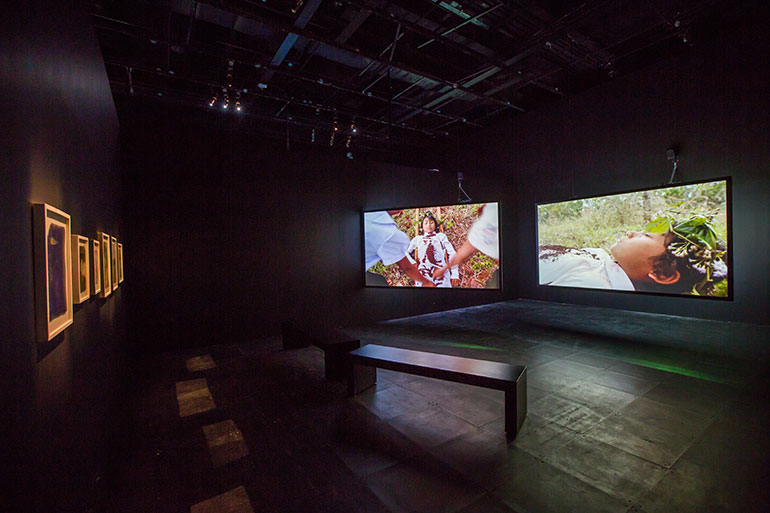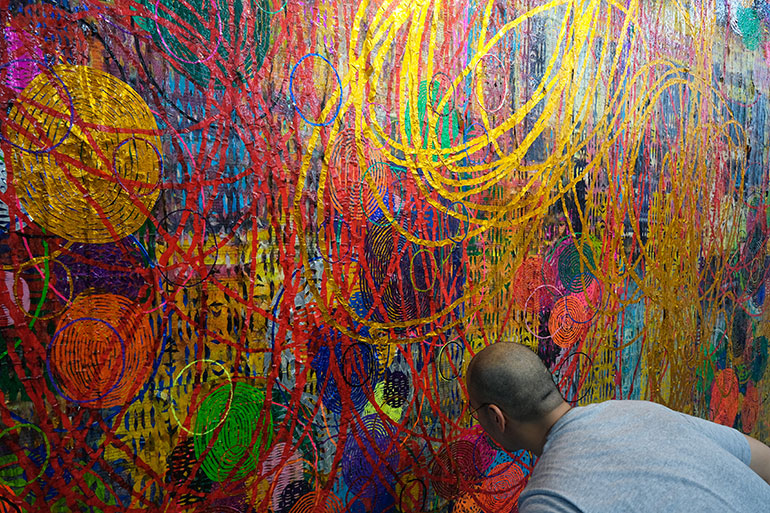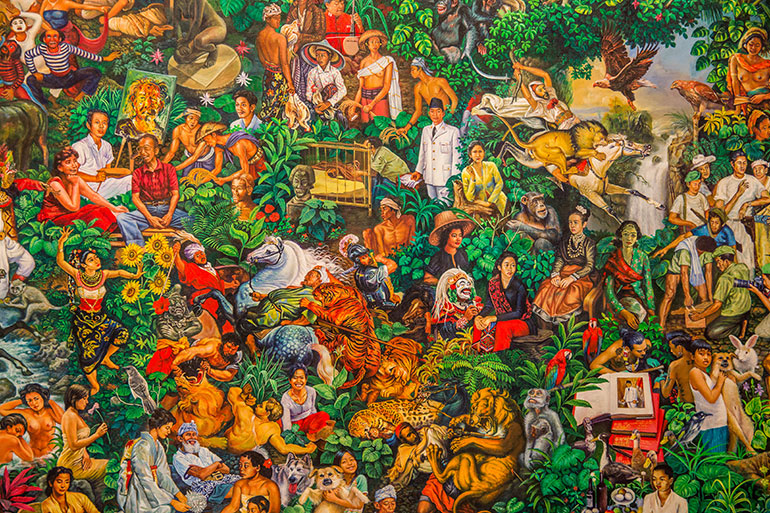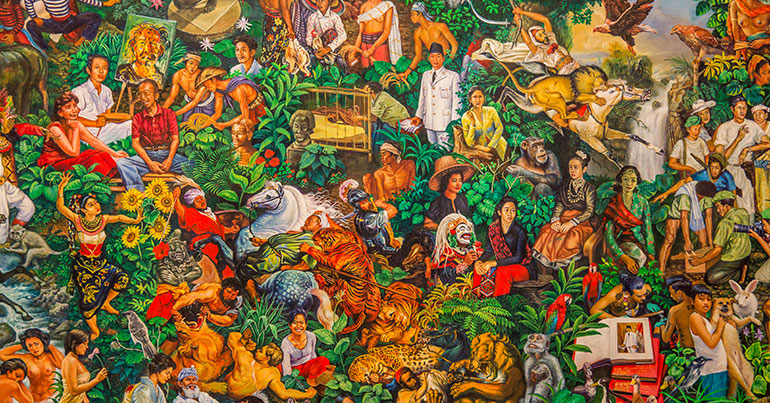In a dark room, two suspended video screens play images of rice paddies and derelict schoolrooms in rural Vietnam. Where one might expect to see adults, there are only children: working in the fields, resting in their dormitory, or studying soberly in the classroom. At times, children’s bodies are strewn across the agricultural landscape, leaving the viewer to wonder if they have died or are merely asleep.
This work of art, a multimedia piece entitled Tropical Siesta currently on display at the National Museum of Singapore, was announced the winner of the triennial Asia Pacific Breweries Foundation Signature Art Prize yesterday, winning Vietnamese artist Phan Thao Nguyen a grand prize of approximately $45,000.

The Signature Art Prize, a competition jointly funded by the Singapore Art Museum and Asia Pacific Breweries (APB), was established in 2008 to put a spotlight on contemporary artists in the region. Originally including submissions from only the countries in which APB had active breweries, the competition has expanded in scope to incorporate artists from most of Southeast Asia, Central Asia and the Pacific.
Offering prizes totaling nearly $75,000, it is one of the most prestigious art competitions in the region.
With over 100 artworks nominated in over a dozen countries this year, the contest’s panel of five judges spent considerable time narrowing the pool down to just 15 finalists, whose works were chosen on the basis of creative use of material, originality, and strength of concept. All 15 finalists’ pieces will remain on display at the National Museum of Singapore until September.
“The thing about contemporary art is that it eludes attempts to pin it down and define it,” said Louis Ho, curator at the Singapore Art Museum, when discussing the challenge of nominating and judging pieces for the competition. “One of the things we look for… are works that deal with contemporary, sociocultural and even historical issues in ways that are thoughtful and considered, as well as a nuanced and innovative approach to materials and mediums.”

While Nguyen’s imaginative piece of a children-only Vietnam bagged first place in the contest, the judging panel also awarded two additional Jurors’ Choice Awards to Singaporean artist Shubigi Rao and Thai artist Thasnai Sethaseree, granting each artist about $10,000 in winnings for their works.
Rao’s mixed media artwork, entitled Written in the Margins, combines ink drawings, bound books, and printed text to explore contemporary manifestations of the destruction of books and libraries.
Sethaseree’s massive piece, a tactile collage layered in stripped pieces of Thai Buddhist monks’ robes, newspapers and modern photographs, is a vibrantly hued canvas intended to celebrate Thai life while also drawing attention to the country’s political and regional tensions.
In addition to these three prizes, a People’s Choice Award was granted to Indonesian artist Gede Mahendra Yasa for his painting, After Paradise Lost #1, a colourful canvas of densely-packed Balinese images that juxtaposes depictions of significant historical figures with contemporary daily life.

Despite the many mediums and themes presented among the 15 finalists’ works, Ho said that what most struck him most were the similarities he saw across the nominated pieces, which each seemed to explore concepts of present-day identity through powerful new mediums or through fresh takes on traditional formats.
While technical ability and conceptual strength are important aspects of the competition, Ho added, the best of contemporary art evokes an emotional response from its viewers.
“When judging contemporary art, it really is about how it grabs you,” said Ho. “It’s almost an undefinable moment, when a piece of art grabs your attention and your emotions. It affects you on some primitive level, and becomes something powerful and moving.”


